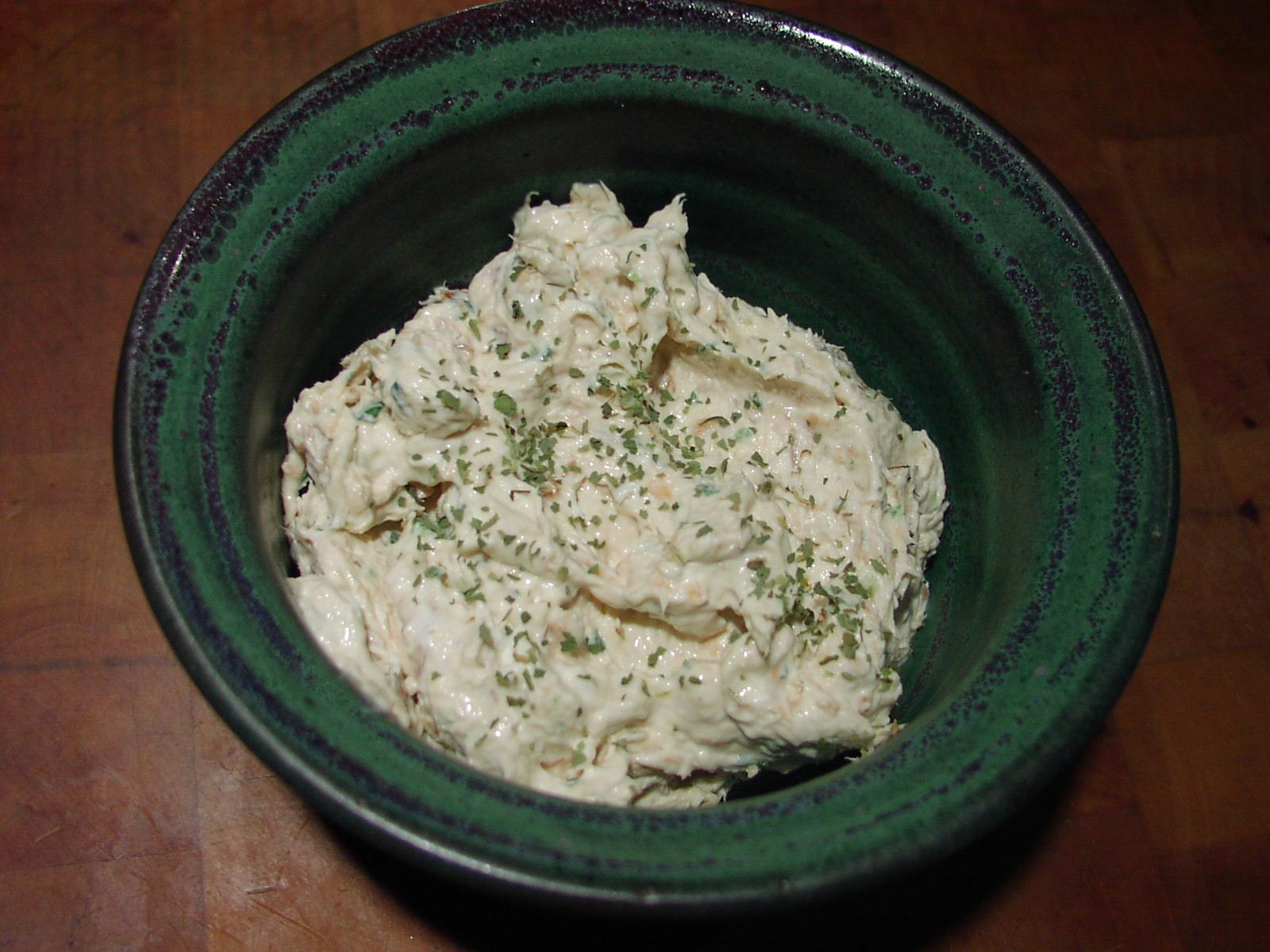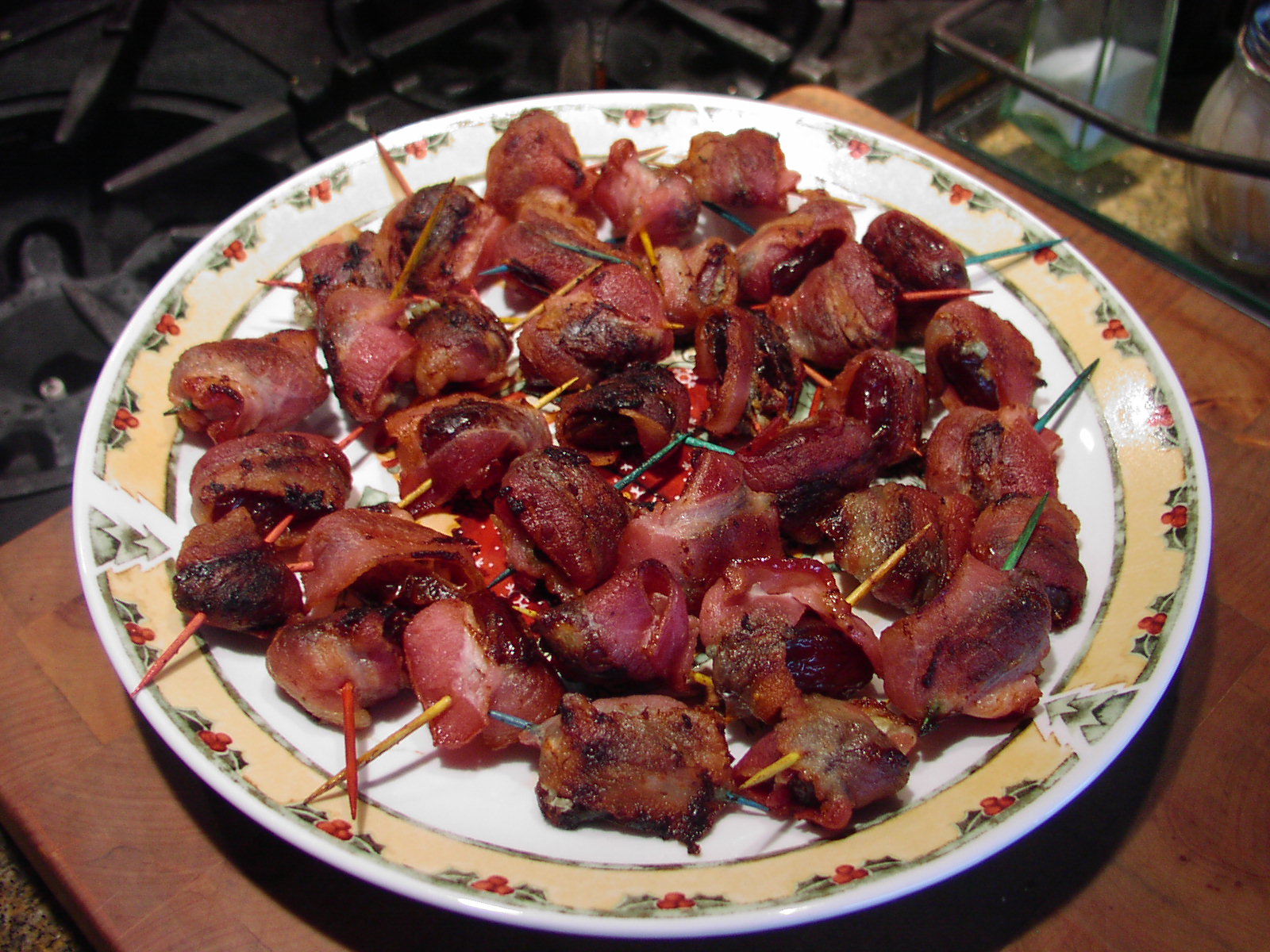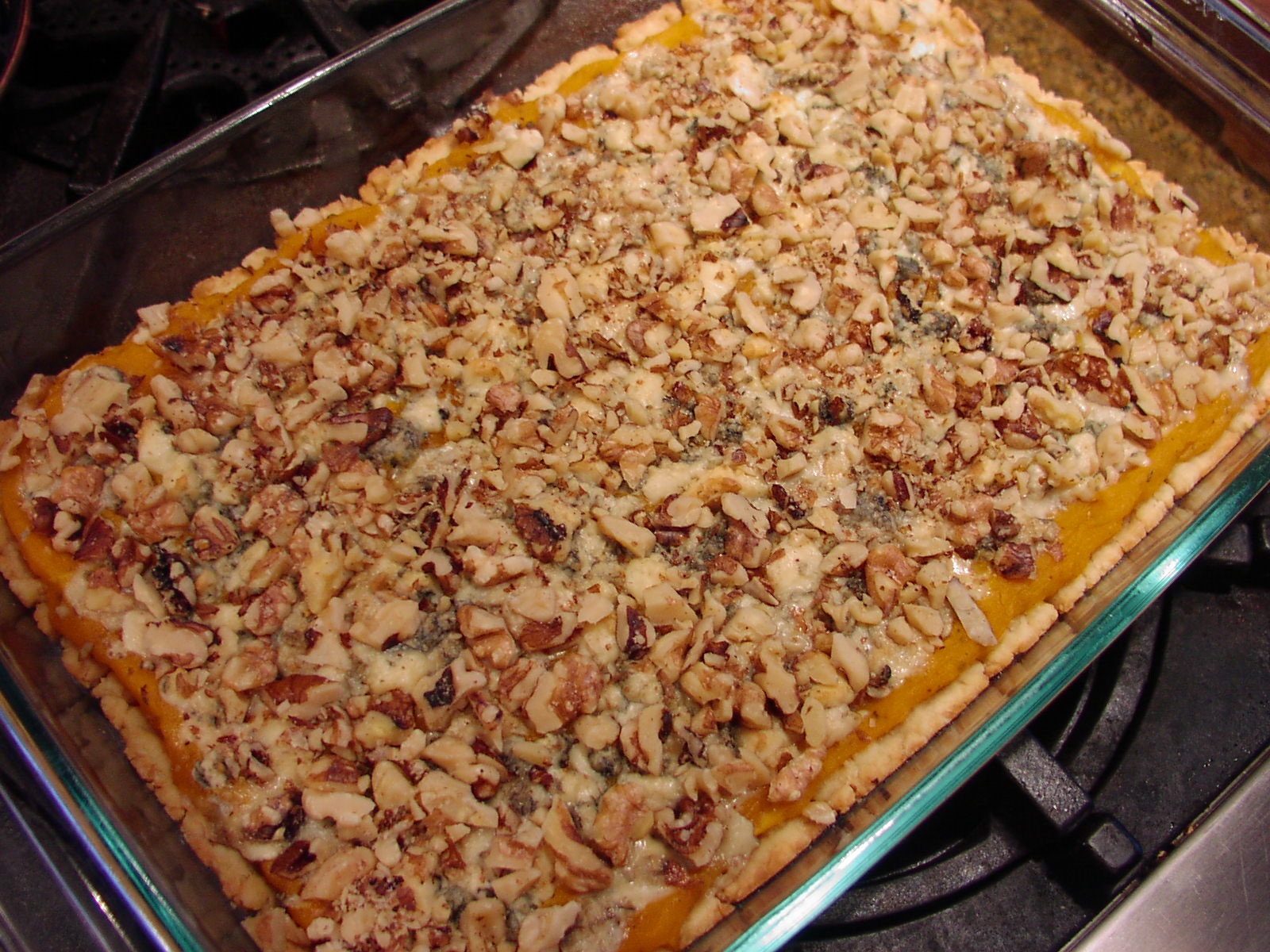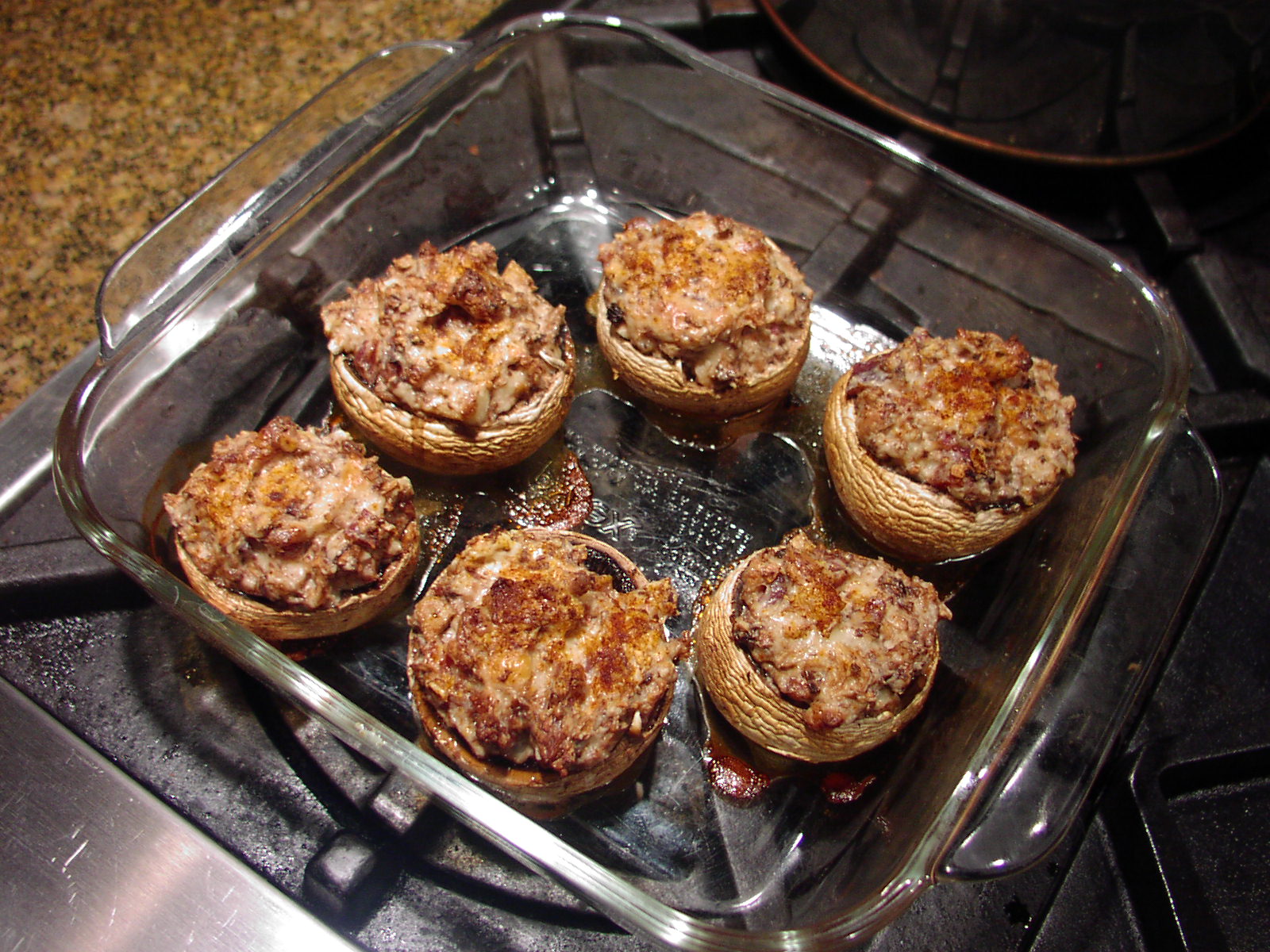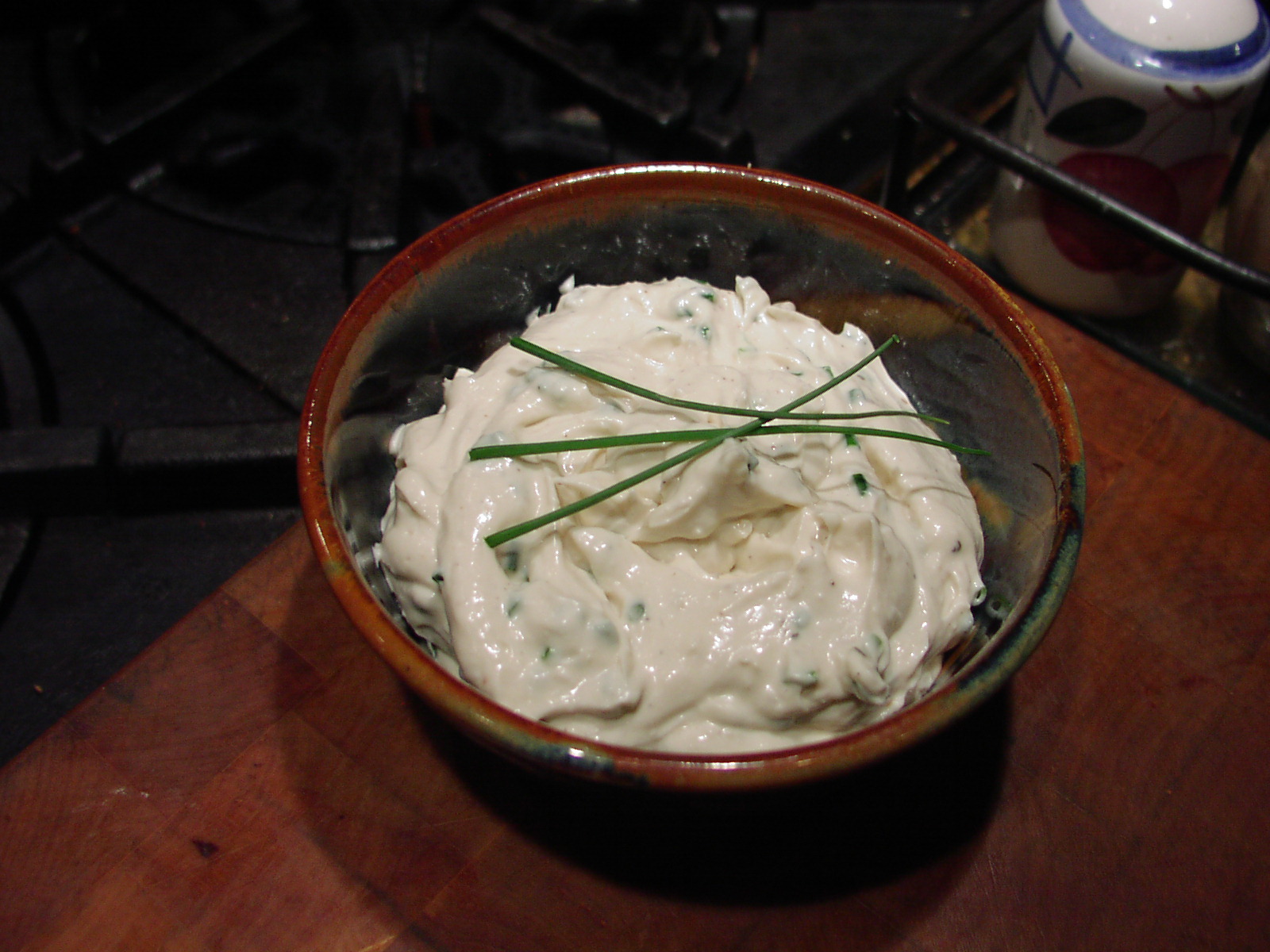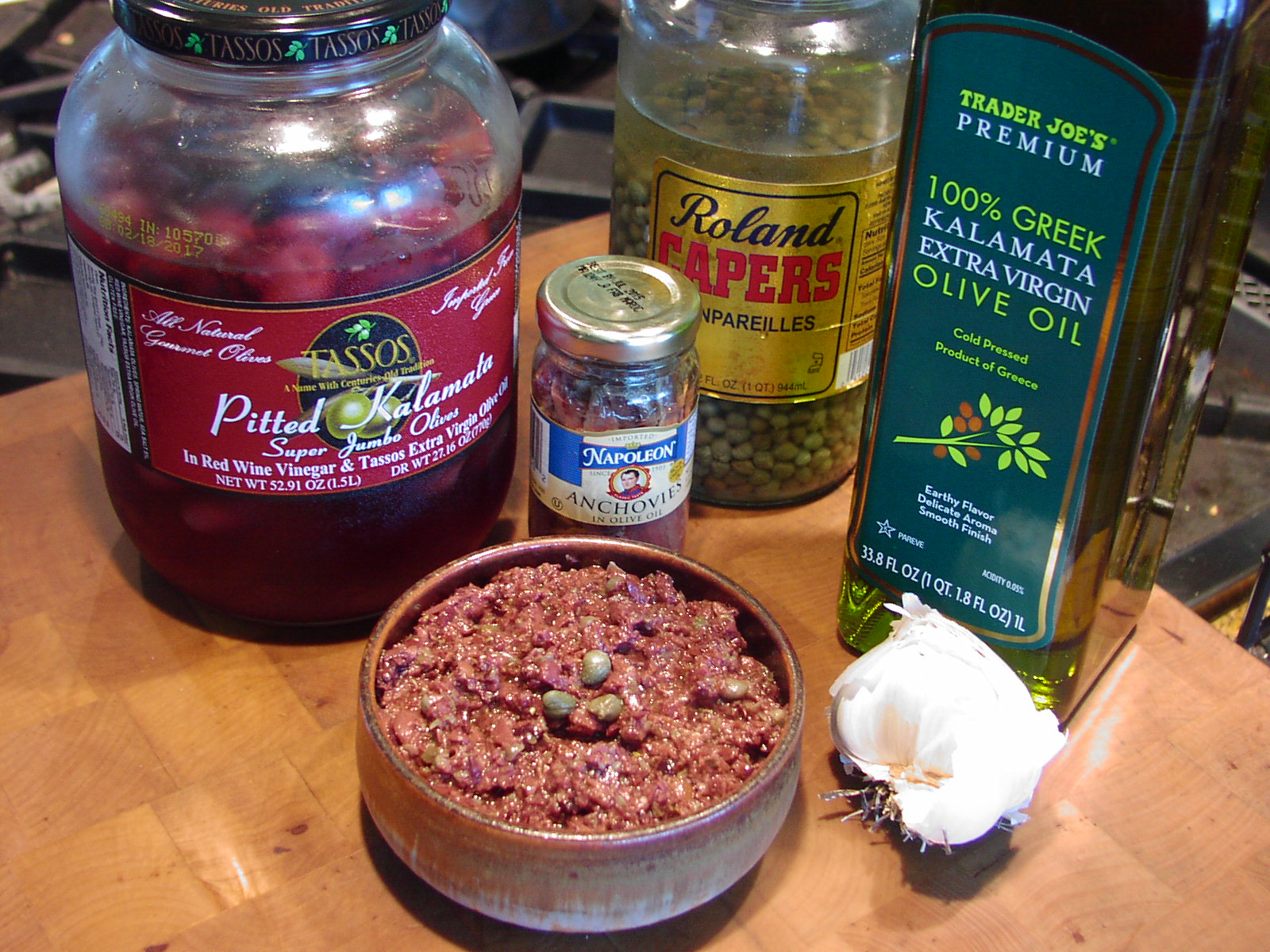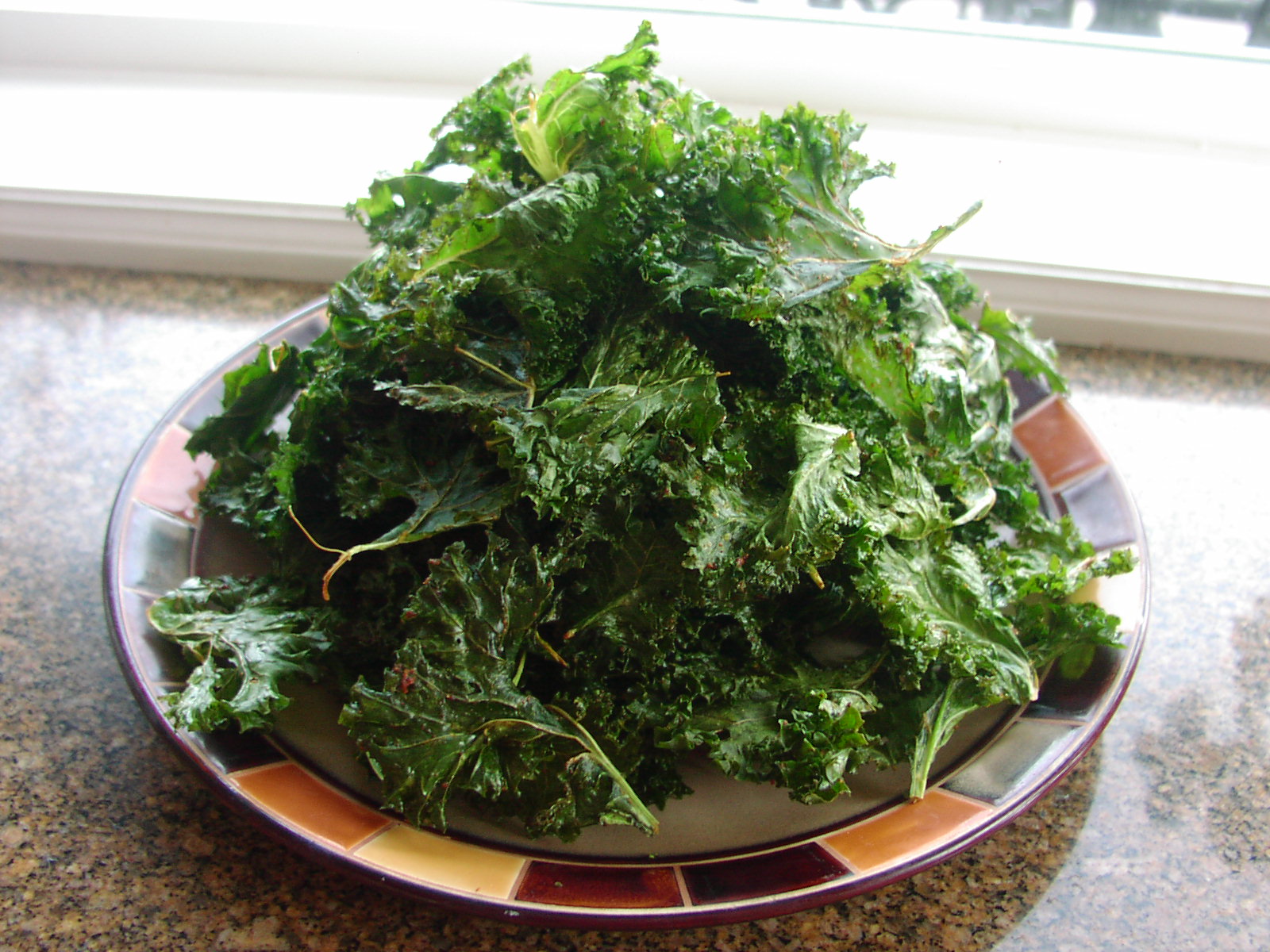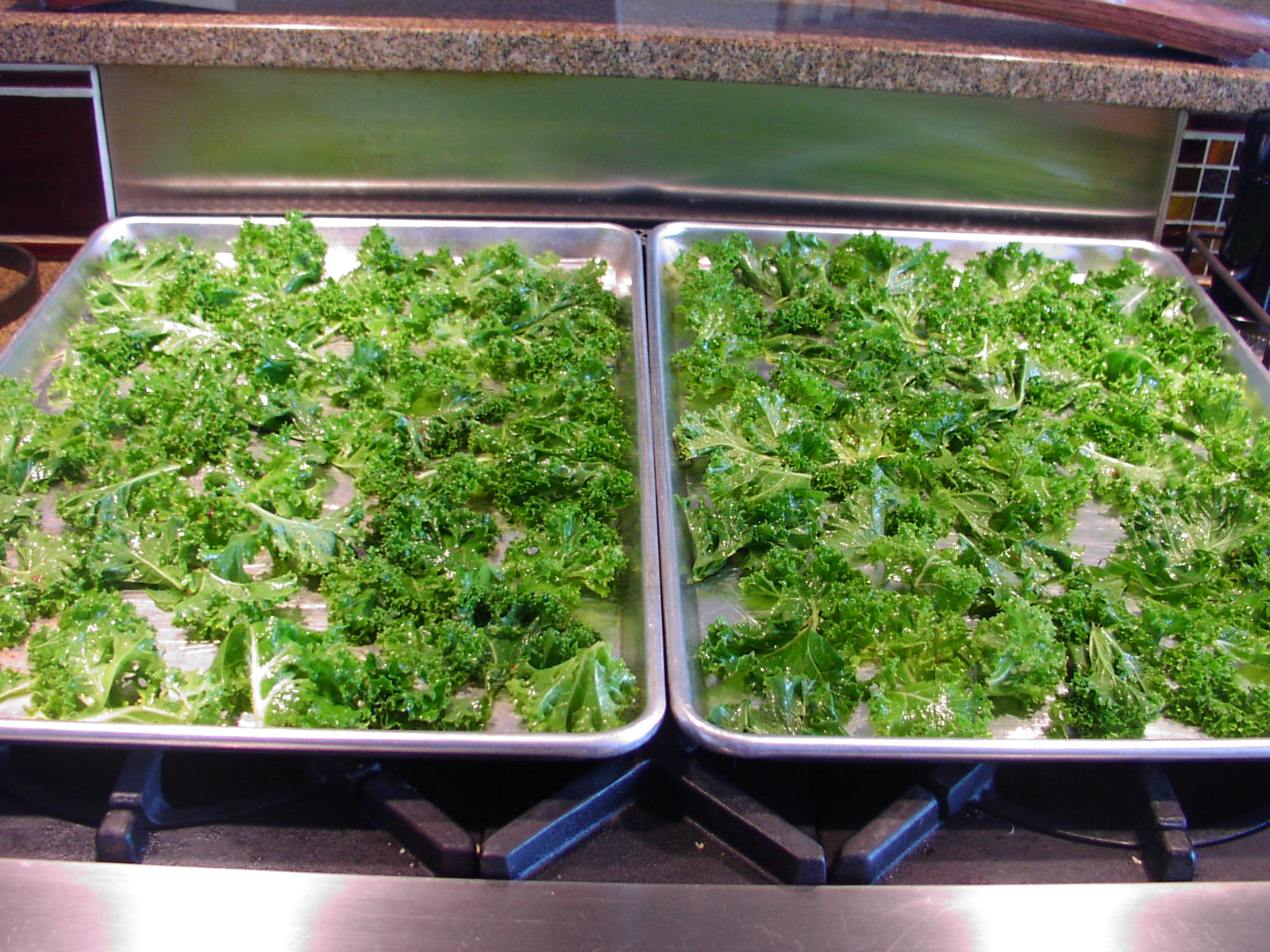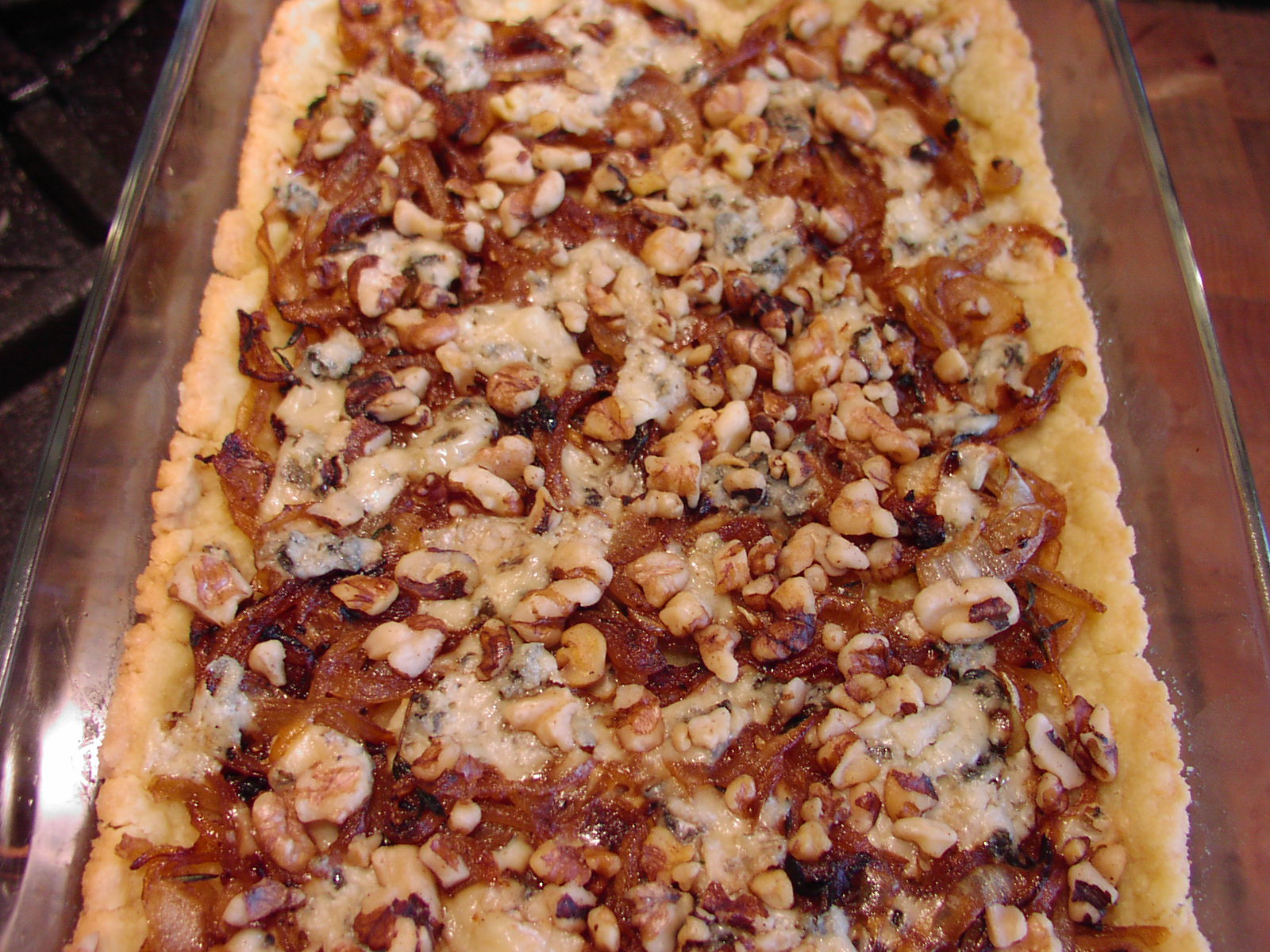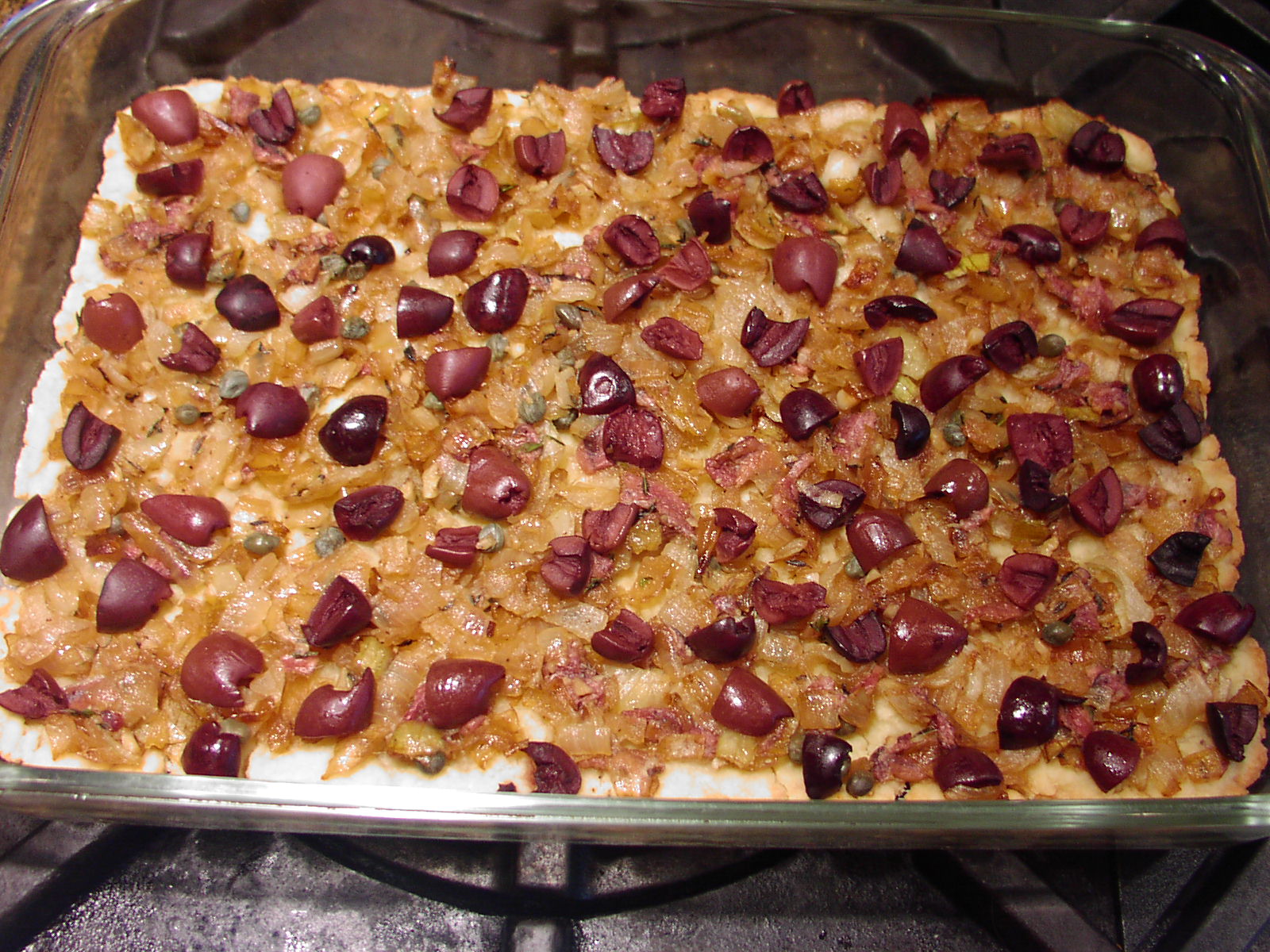I think this year I had the most fun I have ever had on the first day of the year. Mr. C and I hosted a New Year’s Day brunch. Many of our friends brought their musical instruments or fabulous voices (sorry I didn’t get any pictures, but I was too busy being the hostess) and we had an afternoon of friendship, food and music. I simply can’t think of a better way to start the New Year. I had so much fun!
The buffet was a new adventure to plan and the execution was possible because I planned out the preparation to the nth degree. I started by spending an entire day playing prep chef. I grated cheese, sautéed onions, prepared fillings, etc. – basically anything and everything I could do ahead of time to make the 2 days before the party easier on myself. I shall do that again the next time I prepare food for the masses. (Actually I told Mr. C I wanted a prep chef for my next birthday. Wish me luck on that one!)
Anyway, one of the dishes I prepared was my Smoked Salmon Spread. I have been making this for years and it always goes over very well. All together I made 13 dishes, one of which was simply a plate of sliced apples. Others contributed by bringing yummy pickled herring, a lovely cherry jell-o dish, and a wonderful quiche. So as you can imagine, we didn’t starve.
This picture shows the table just before our guests started filling their plates. Several of the dishes, if they aren’t already on this blog, will be featured within the next few weeks. So, starting on the back right side, Pancetta and Gruyère Breakfast Casserole, Breakfast Egg Casserole with Italian Sausage and Mushrooms, Ham, Oven Roasted Potatoes, and Cheddar Cheese Breakfast Casserole, Smoked Salmon Spread, Bacon, Date, And Cream Cheese Spread, Deviled Eggs (already on blog), sliced apples, Rotola Al Forno, pickled herring, cherry jell-o, Cinnamon Nut Coffee Cake, Zucchini Bread, Dried Cranberry and Almond Braided Danish, and Eggnog Spice Bundt Cake. (And yes, the sun was shining into our West facing dining room.) Marvelous. People actually got to see the water and the mountains (Port Susan and the Cascade mountains, including Mt. Baker) from our East facing windows. Now, how often does that happen on the first of January?
So Happy New Year everyone. And may this new year find you happy, healthy, and in the kitchen having fun!
-
8-oz. cream cheese, room temperature
-
½ c. sour cream
-
2 tsp. finely minced green onion
-
2 tsp. minced fresh parsley
-
2-3 tsp. fresh lemon juice, or more to taste
-
¼ tsp. kosher salt
-
freshly ground black pepper
-
½ lb. smoked salmon (I use the smoked salmon from Costco that is thinly sliced like lox, but any nice smoked salmon will do)
-
milk
Beat cream cheese and sour cream together. Add green onions, parsley, lemon, salt, pepper, and smoked salmon. Stir until salmon is broken down and mixture is creamy. Add milk until you reach desired consistency. Refrigerate at least 4 hours before serving.

